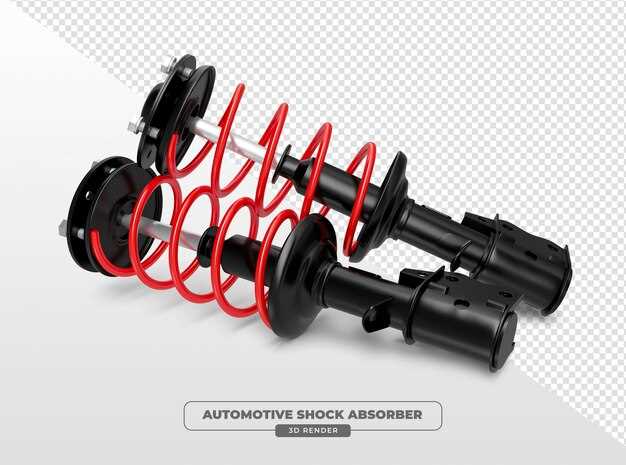Is It Worth Upgrading the Fiat Intake System?

For automotive enthusiasts and casual drivers alike, the performance of a vehicle is often influenced by its intake system. Upgrading the intake system in a Fiat can potentially enhance engine performance, improve fuel efficiency, and even provide a more exhilarating driving experience. With many options available on the market, understanding the benefits and drawbacks of such an upgrade is imperative for making an informed decision.
The intake system serves as the pathway for air to enter the engine, which is crucial for combustion. A well-designed intake system can optimize airflow, resulting in improved horsepower and torque. Fiat models, particularly those equipped with smaller displacement engines, may experience significant gains from this modification. However, the effectiveness of an upgrade largely depends on the specific model and its existing setup.
Moreover, considering the environmental effects, an upgraded intake system can sometimes lead to reduced emissions, aligning performance upgrades with ecological responsibility. Nonetheless, potential buyers should weigh these benefits against cost and the possibility of reduced reliability. In this article, we will explore whether enhancing your Fiat’s intake system is truly a smart investment or just another trend in automotive modification.
Understanding the Performance Benefits of an Enhanced Intake System

An enhanced intake system plays a crucial role in improving engine performance. By allowing more air to enter the engine, it increases the amount of oxygen available for combustion. This results in better fuel efficiency and higher power output, as the engine can burn fuel more effectively. A well-designed intake system can also help reduce turboslag in turbocharged engines, ensuring quicker response times and improved acceleration.
Another significant benefit of upgrading the intake system is the reduction of restrictions in airflow. Stock systems often employ compromises to meet regulations and manufacturing constraints, which can limit performance capabilities. Enhanced systems, designed for optimal airflow dynamics, allow for a smoother passage of air, thereby minimizing turbulence and enhancing overall engine efficiency.
Additionally, an improved intake system often features better filtration technology that protects the engine from harmful particulates. High-performance filters can significantly increase the amount of clean air entering the engine, which is vital for maintaining long-term performance and reliability. This, in turn, contributes to a healthier engine and can extend its lifespan.
Furthermore, the sound produced by an enhanced intake system is often more aggressive and sportier. While this may seem trivial, the auditory feedback can enhance the driving experience, making it feel more engaging. Car enthusiasts often appreciate not just the performance benefits but also the emotive character that an upgraded intake system can provide.
In summary, upgrading the intake system is a smart choice for anyone looking to boost engine performance. The combination of increased airflow, enhanced filtration, and improved throttle response collectively contributes to a more dynamic driving experience and optimal efficiency.
Evaluating Cost vs. Gains: Is It Worth the Investment?

Upgrading the intake system of your Fiat can lead to significant performance improvements, but it’s essential to weigh the costs against the benefits before making such an investment. Typically, an aftermarket intake system can improve horsepower and torque by enhancing airflow to the engine. This increased efficiency can result in a more responsive throttle and an overall enhanced driving experience.
However, the initial financial outlay for an upgraded intake system can be considerable, often ranging from several hundred to over a thousand dollars, depending on the brand and complexity of the system. Additionally, installation costs–whether performed by a professional or DIY–can add to this total. It’s crucial to consider whether the expected performance gains justify the expenditure.
When assessing the value of this upgrade, potential gains should also be considered in terms of long-term benefits. Improved fuel efficiency may lead to savings at the pump, partially offsetting the initial investment. Furthermore, a more powerful engine may contribute to increased resale value, making the intake system a wise choice for performance enthusiasts.
Ultimately, individuals need to consider their specific driving needs and preferences. If maximizing performance is a priority for you and you are willing to invest in enhancing your Fiat’s capabilities, upgrading the intake system could prove to be a worthwhile investment. However, for those who prioritize budget and routine driving, the benefits may not outweigh the costs. Careful analysis of personal circumstances will determine if this upgrade is a financially sound decision.
Installation Considerations: What You Need to Know Before Upgrading
Before upgrading the intake system on your Fiat, several important considerations should be addressed to ensure optimal performance and a successful installation experience.
First and foremost, compatibility is key. Ensure that the new intake system is specifically designed for your Fiat model. Components that don’t fit correctly can lead to performance issues, as well as difficulties during installation. Check the specifications and consult with manufacturers to confirm compatibility.
Next, consider the tools required for installation. Upgrading the intake may involve removing various components from your engine bay. Having the right tools, such as screwdrivers, ratchets, and possibly specialty tools, will facilitate a smoother installation process and reduce the risk of damaging any parts.
Another crucial aspect is the tuning of your vehicle after installation. Altering the intake system can change how the engine breathes, potentially necessitating an engine tune to optimize performance. A proper tune can maximize the benefits of the new intake, ensuring that your Fiat runs efficiently and responds well under different driving conditions.
Additionally, pay attention to the materials and engineering of the new intake system. Options like a cold air intake might provide better airflow and cooling, contributing to enhanced performance. Research different designs and their implications on your vehicle’s capabilities, as some may offer more advantages while others could introduce unwanted issues such as increased noise or loss of low-end torque.
Lastly, consider the installation environment. An ideal setting would be a clean garage or workspace where you have ample room to maneuver and organize the components. Working on a clean surface can help prevent losing small pieces and maintain the integrity of your vehicle’s parts.
Overall, being well-informed and prepared will go a long way in ensuring that your Fiat’s intake system upgrade enhances performance efficiently and effectively.



